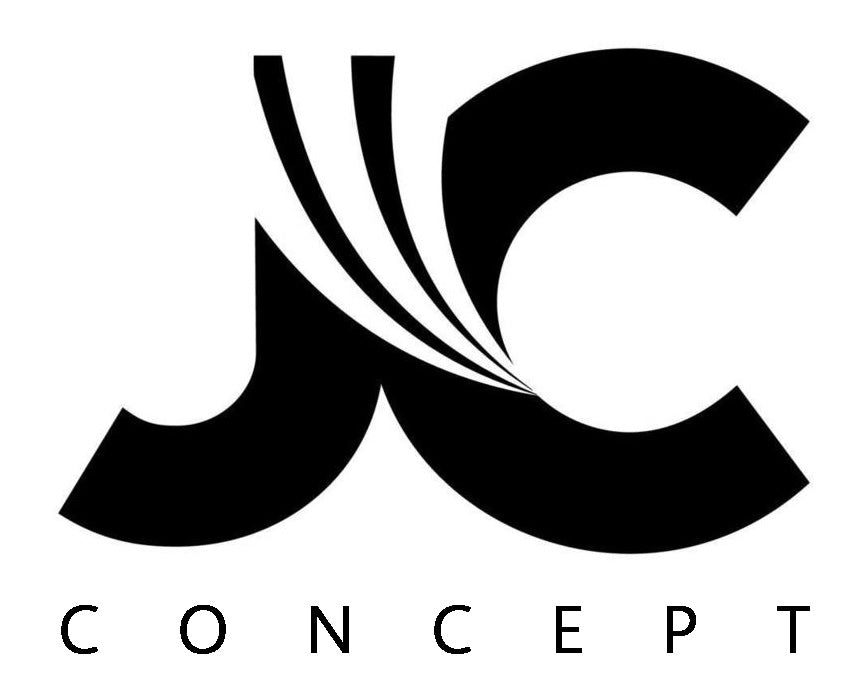TVI vs. AHD vs. CVI : What is the difference between TVI, AHD & CVI
HD-CCTV (High Definition-Closed Circuit Television) is CCTV’s response to the IP camera’s high definition image quality. This technology can transfer uncompressed high-definition video over point-to-point coaxial cables. The biggest advantage we saw at the advent of HD-CCTV was the fact that newer HD-CCTV cameras did not require cabling upgrades. The original coaxial cables from the CCTV era had enough unused data spectrums that they could be used for the new HD-CCTV cameras (like Dahua CCTV). This made it easy to install brand new cameras while not requiring overhauling of your entire cabling system.
What is AHD meaning?
AHD Camera is an analogue high definition closed-circuit television video surveillance standard that benefits from existing coax cable to transmit 720p and 1080p video resolutions HD video from security cameras to DVRs. AHD is able to transmit up to 1080p video resolution (1920 x 1080) in an uncompressed format over the same standard coaxial cable that is used for standard CCTV cameras.
This uncompressed video format is able to transmit over longer distances than either HD-SDI or Network IP cameras and without the latency and bandwidth issues that are so regular with IP Cameras.
In addition, AHD Camera is able to transmit video, audio and control (OSD or PTZ) over a single coaxial cable instead of requiring separate cables for each transmission. Also, it is cost-effective.
What is TVI meaning?
TVI lets customers who already have run BNC cable, have the capacity to upgrade to an HD solution without changing any wiring. One of the best things about TVI is that you can upgrade cameras consistently. TVI recorders (TVI DVRs) are Backward Compatible with Analog Cameras (Dahua Camera) – if you plug an analogue camera into a TVI recorder it will identify that it is receiving analogue rather than TVI’s digital signal and record in analogue; if you plug a TVI Camera in it will recognize the digital signal and record in HD. As the video is compressed, TVI is perfect for upgrading to HD if you have already run BNC cable, but will not replace IP cameras as the dominant cameras of the future.
TVI recorders can gain signals from TVI camera or Analog cameras. TVI is a transitional technology to help people with already existing cable get higher resolutions. All new installations should use IP cameras and NVRs as IP can already do 5x the resolution as TVI and IP cameras are considerably easier to install.
Contrasted with IP cameras, TVI cameras require Power Adapters (Wall Plugs) or Power Supplies (Power Distribution Boxes). Power distribution boxes are highly suggested, as power adapters don’t have any surge protection. TVI cameras use Siamese Cable and BNC Connectors.
What is CVI meaning?
CVI (Composite Video Interface) was advanced by Dahua in 2012 and began to see wide release in 2014. This technology was progress for CCTV cameras as it brought HD images and allowed for high-definition analogue images to travel well over four hundred and even five hundred meters of cable.
What are the differences HD-CVI vs HD-TVI vs HD-AHD?
So what are the main differences between these technologies (cvi, tvi, ahd) ?
For customers, the most important thing is the split in how these technologies encode videos or, to be more specific, in their DVRs. While IP cameras can encode from the camera itself, as IP cameras are primarily tiny computers, HD-CCTV’s send their data to DVRs for encoding. The problem is that each technology must use its own DVR. You cannot cross an CVI camera with an TVI DVR, for instance. This is important as it means the consumer will be sticking with the technology they purchase first.
(Note: Initially, even old CCTV cameras did not work with newer DVR’s, but some new DVRs have amended this. For instance, HD-CVI’s Tribrid DVR, which supports analogue, HD analogue, and IP channels. Having such a DVR lets one slowly upgrade their camera system instead of being forced to do a whole system replacement just because of a bottleneck at the DVR. Nevertheless, no new DVR has yet to let these three HD-CCTV technologies communicate with one another. If you buy an HD-DVR for HD-CVI technology, then you best stick with HD-CVI cameras or otherwise you will need to buy a new HD-DVR!)

Another large difference is just who is manufacturing these technologies. HD-CVI products are both advanced and manufactured by Dahua. Based out of China, Dahua surprisingly does very little marketing, although their HD-CVI technology can at times be found masked by behind other names like HD-AVS or HD-MPX.
Contrastingly, HD-TVI was developed by Techpoint, but Techpoint is a chipset manufacturer. HD-TVI products are instead sold through other manufacturers, most primarily Hikvision which, as mentioned, is the largest camera manufacturer in the world, and LTS Security, which stands as the largest reseller. HD-TVI was also made to be open-source, so there are a lot of smaller manufacturers moving HD-TVI products around the market. HD-AHD is the most notorious for being distributed by no-name brands, which means its price point is also considerably lower than its two competitors. Nevertheless, as mentioned before, HD-AHD was also recently picked up by Hanwha Samsung which makes it much more formidable on the market today and especially going forward.
While these cameras have few technical differences, you are possibly to see quality issues depending on who you are buying them from. A no-name cheapo brand is definitely going to be more interested in cutting costs to ship out a low-cost product. You don’t just magically cut manufacturing costs, quality is going to be taking a hit somewhere. If you are a customer, you just need to keep in mind that you get what you pay for. If you’re seeing giant gaps in pricing between similar products then you also need to be looking at who is manufacturing the product.
